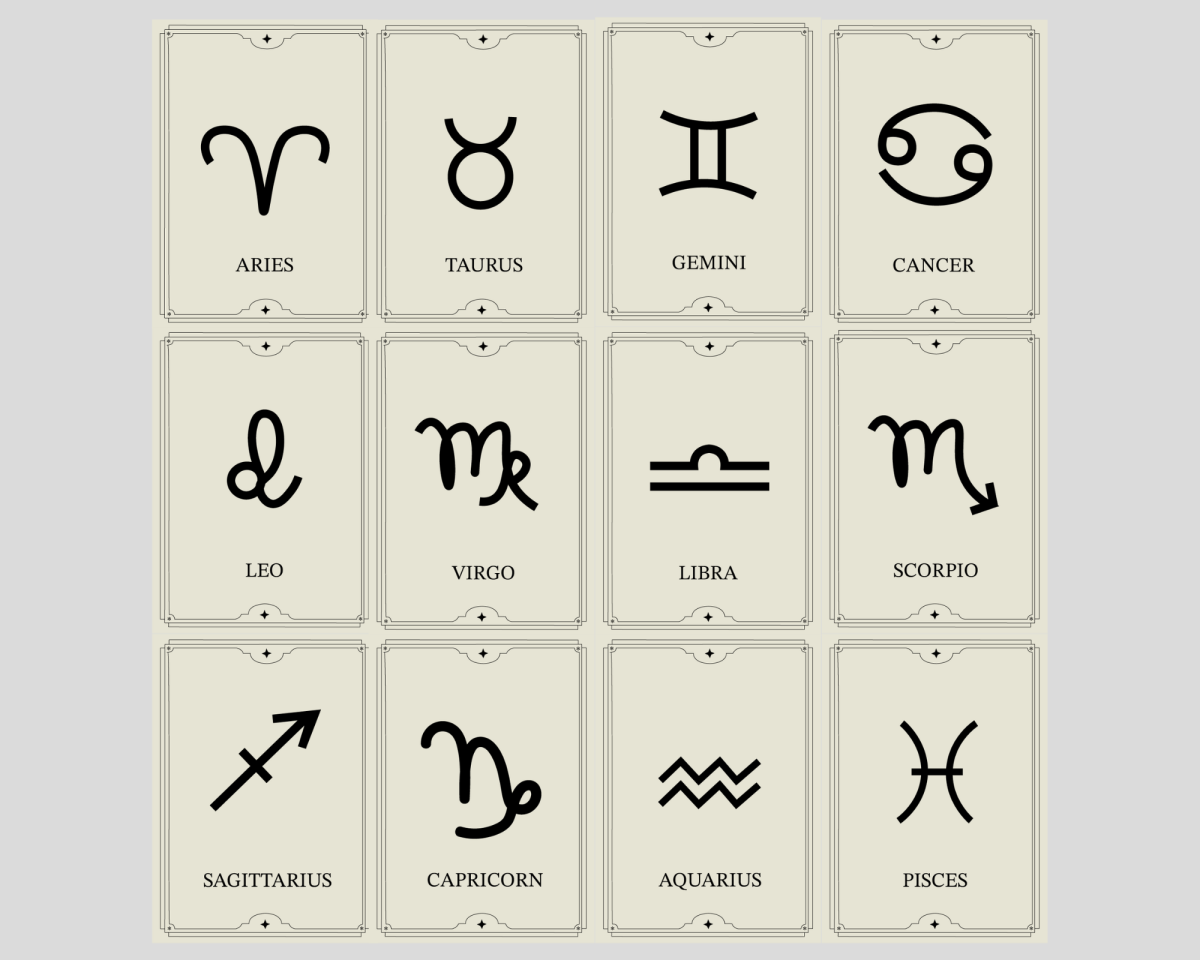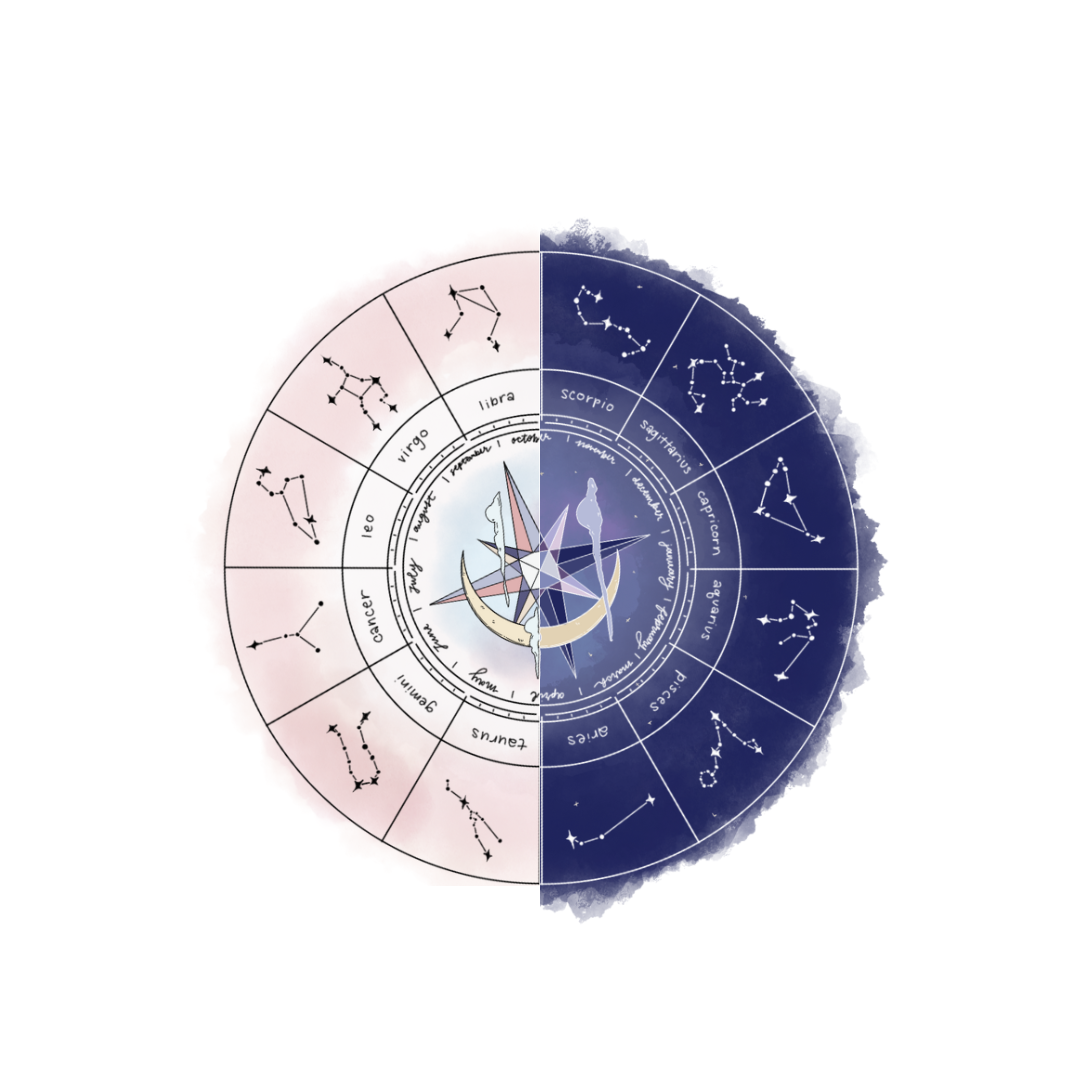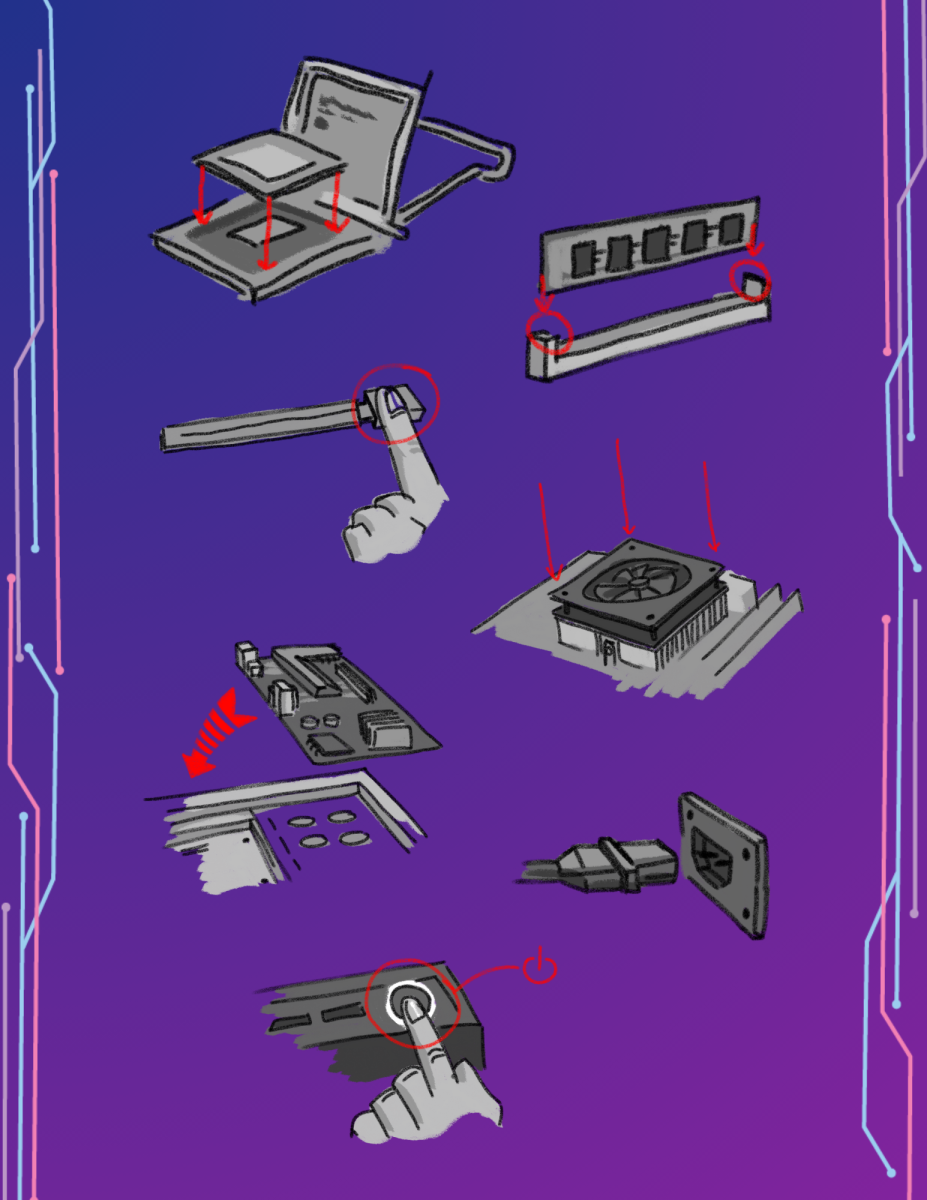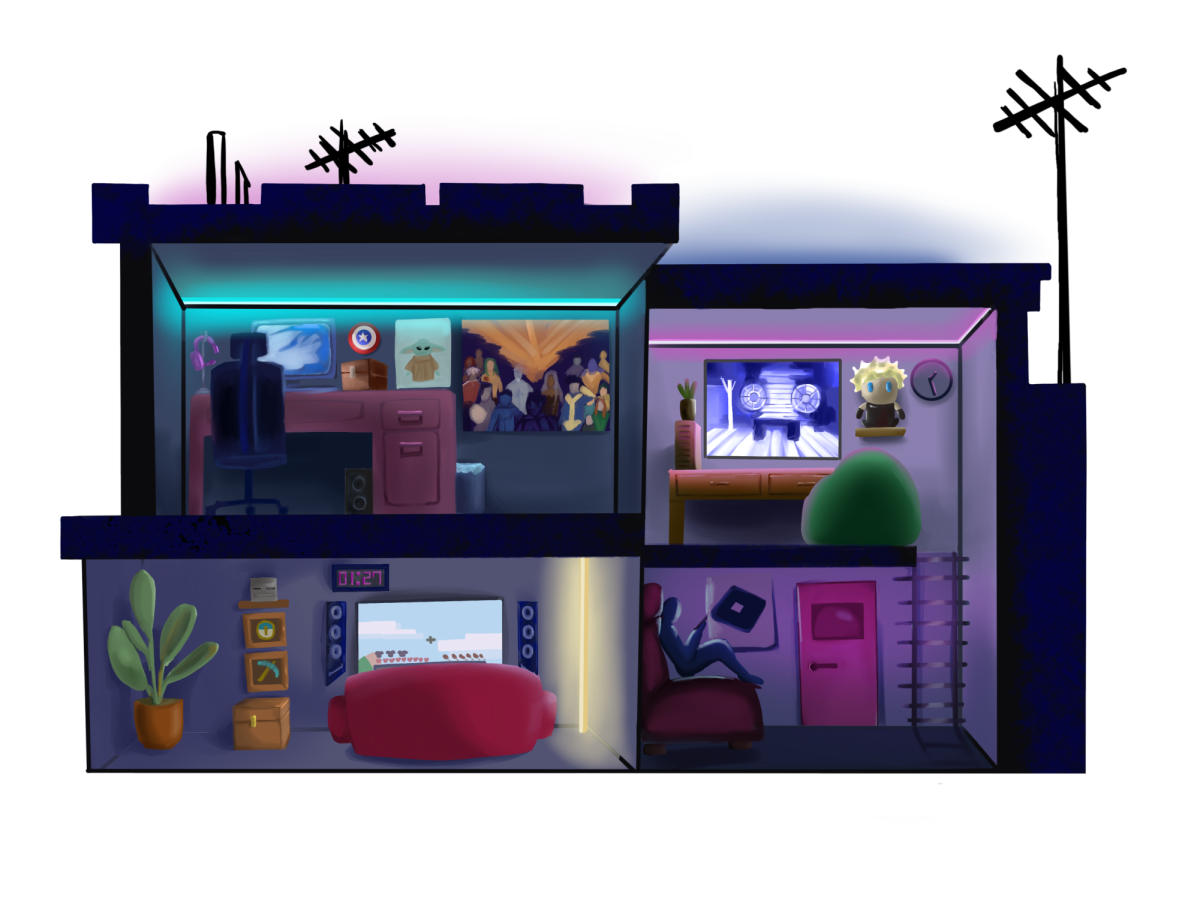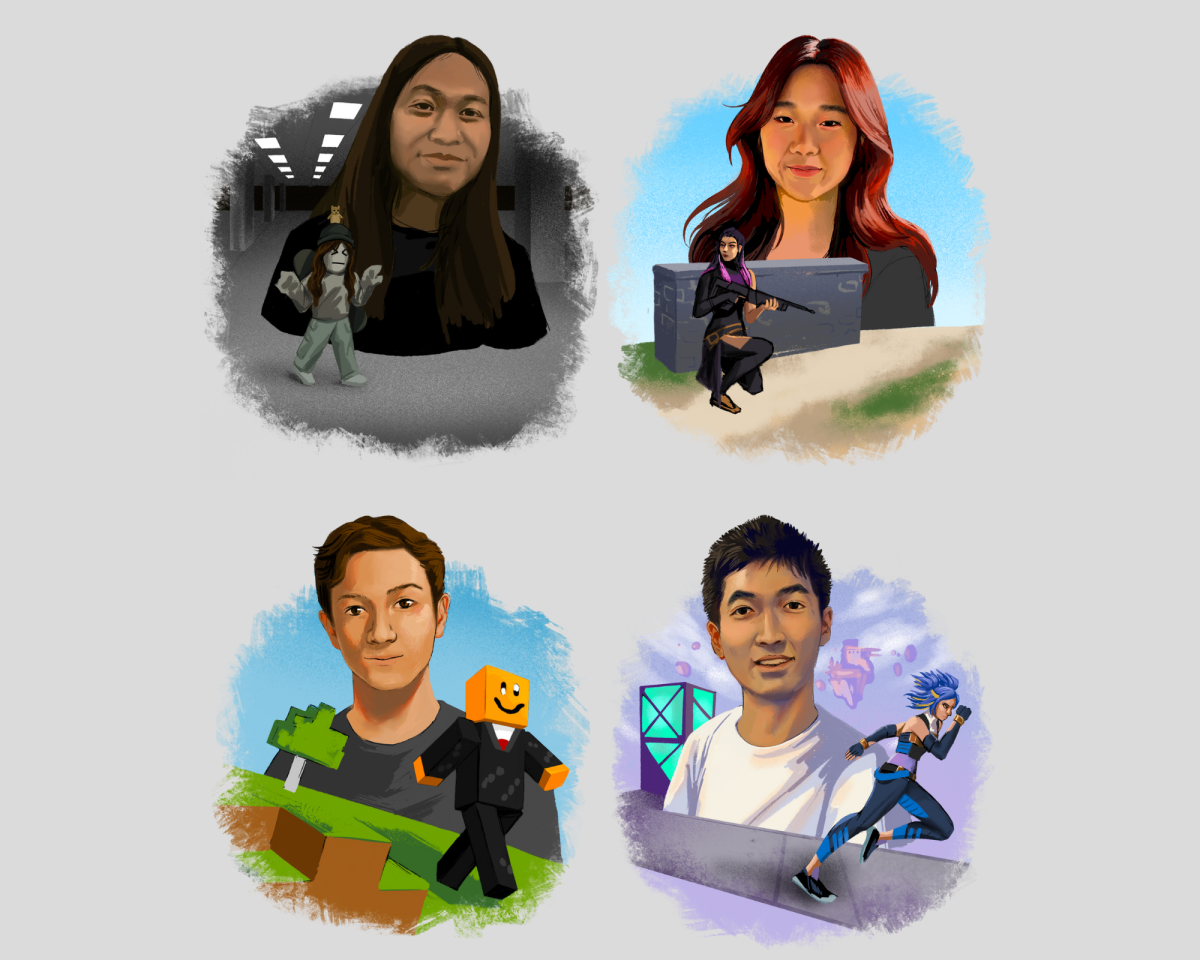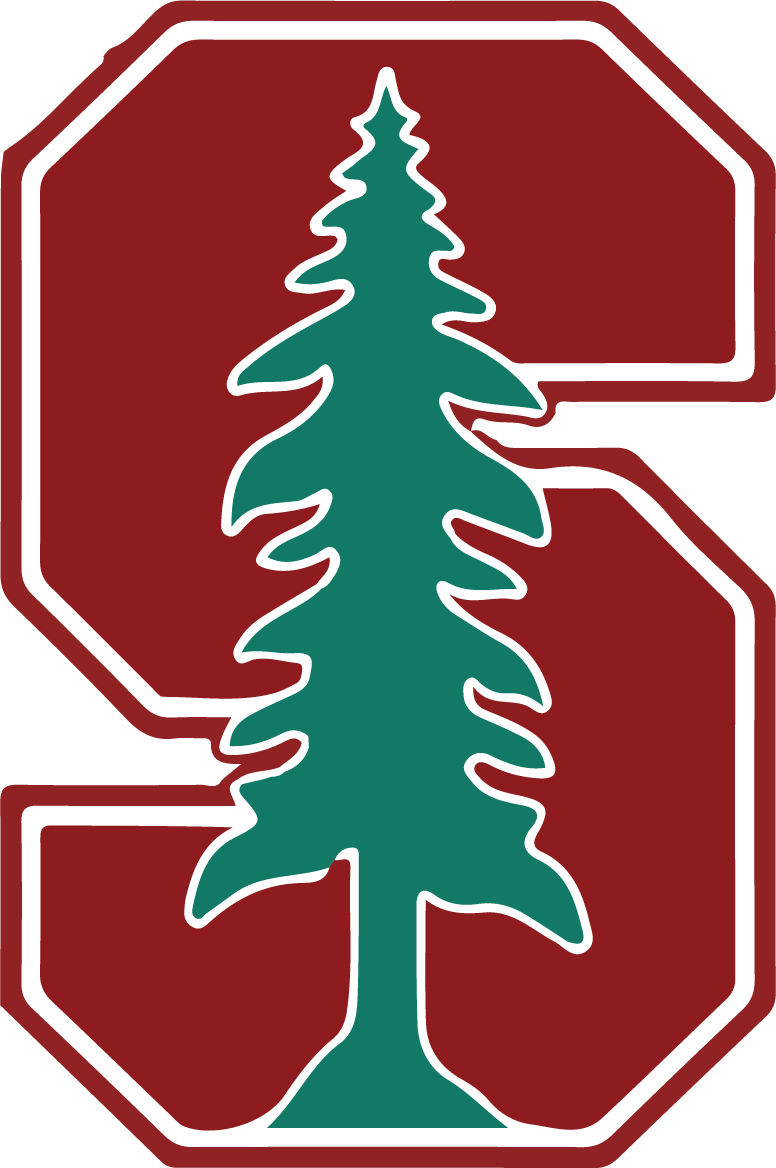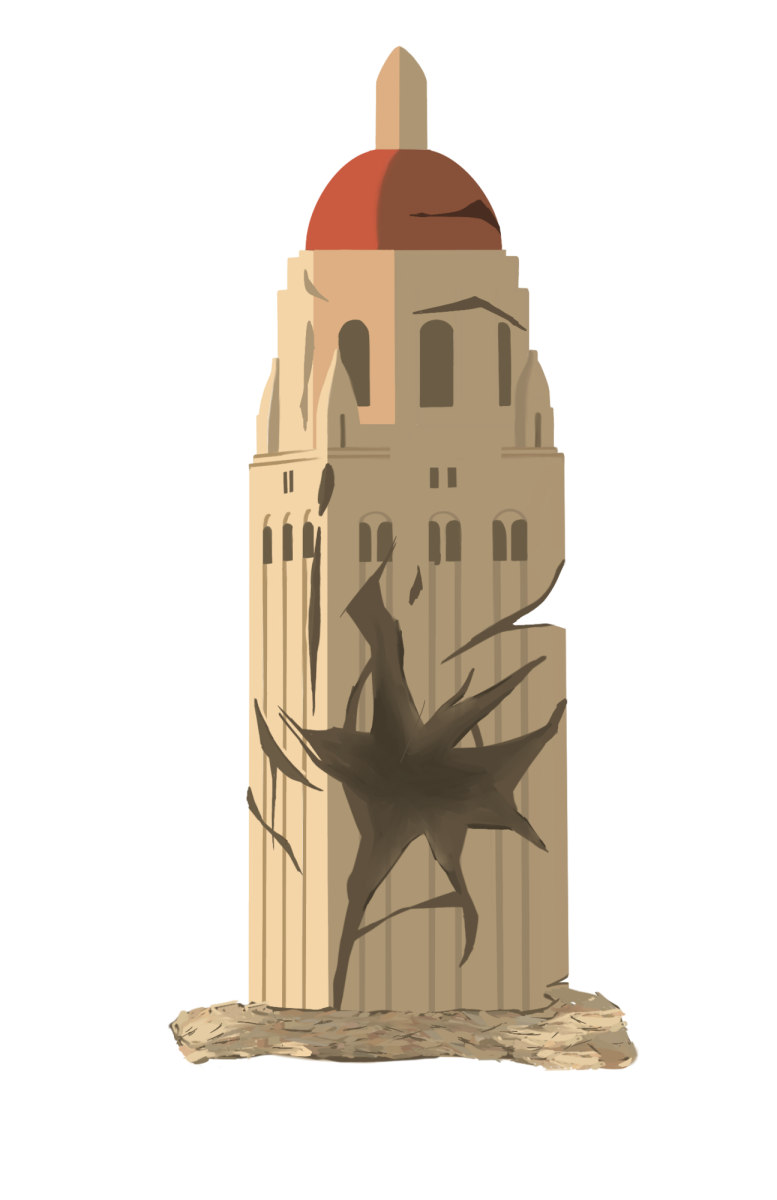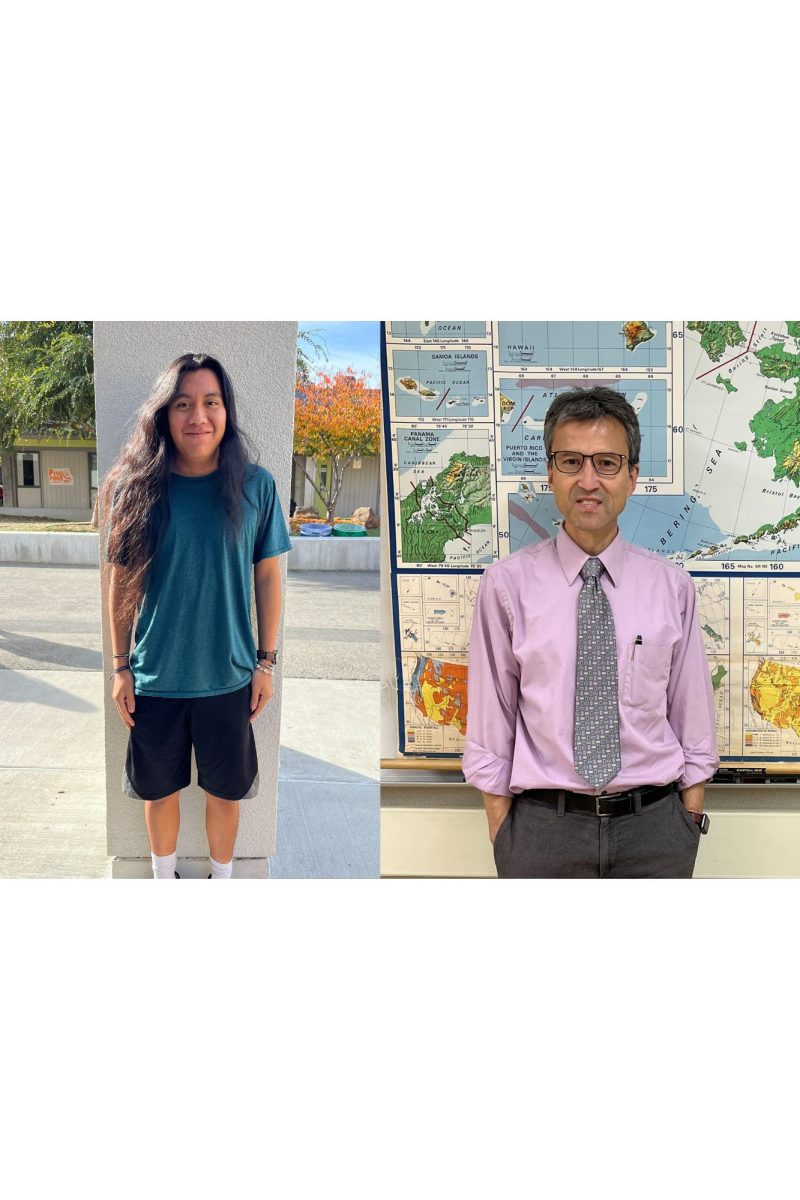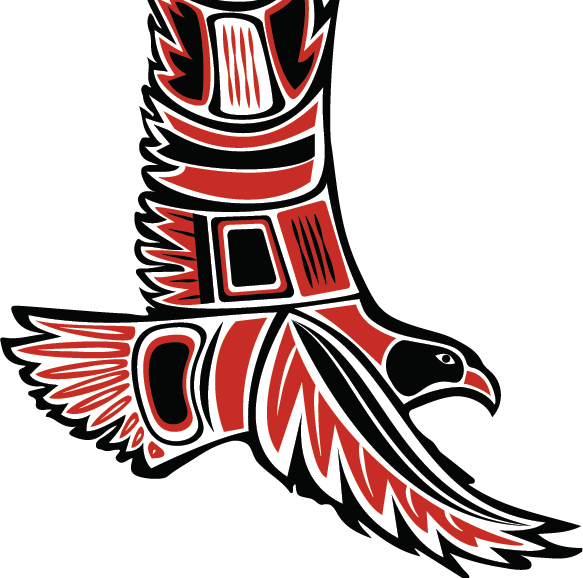Written by Tim Sun
Science teachers Navneet Schworetzky and Eric Ledgerwood are partnering with the Monterey Bay Aquarium to give students the opportunity to fight plastic pollution on campus in the aquarium’s Ocean Plastics Pollution Summit. Students will design projects to combat the use of plastics in our community, and a number of them will present their findings during the summit.
The process started for Schworetzky and Ledgerwood in October, when they traveled to the aquarium for an information session regarding the initiative. The teachers then informed the students about the project, and since December students have been surveying various waste bins on campus and collecting data. “[It’s] literally hands-on, and sometimes dirty hands-on when you’re talking about dumpster diving and recycle bins,” Ledgerwood said.
The project will be entirely student-run, as they will be researching, detecting a problem and then working to find a solution. “They’re generating data, they’re analyzing data, and then from that data, they’re creating projects that will allow them to monitor if they were able to reduce a particular type of plastic on campus,” Ledgerwood said.
Last week, students started analyzing their data, and they have started to gravitate toward areas of interest. Junior Ember Lin-Sperry noticed a large number of plastic straws from stores like Teaspoon, and is looking to pursue a project to eliminate the use of these straws. “I was considering talking to some of the local shops to see if they could implement more sustainable straws for the boba,” Lin-Sperry said.
The culmination of this year’s project will be a lunchtime event on the quad during Earth Week in April. Students will display their work in booths, and a catwalk will feature a trash-fashion, or “trashion” show, in which students will wear clothing made from various plastics. Lin-Sperry hopes to use this opportunity to show the school the negative effects of boba straws. “I’m going to make boba straws into an outfit because there’s a lot wasted in the Palo Alto community,” she said.
Ledgerwood believes that the open nature of the project gives students the freedom to do original work. “Some people will do art projects, some people will make public service announcements to go on TBN and some might work with creating Facebook pages or groups for awareness to extend into the community as much as possible,” he said.
Both Schworetzky and Ledgerwood have implemented this project into their curriculum, giving relevant lectures and setting aside work periods for the project. “We are also teaching the students about how you make plastics, how you sort them and how they affect the environment,” Schworetzky said. “We’re trying to get them to see that what we do here on land actually can tie back into the oceans as well.”
In the end, Schworetzky encourages the entire student body to get involved. “It is a class project for us, but the problem and the solution is actually [involving] everybody,” she said. “It really is one of those ‘we are all in this together’ things, so you don’t have to just be in the class to make a difference.”



